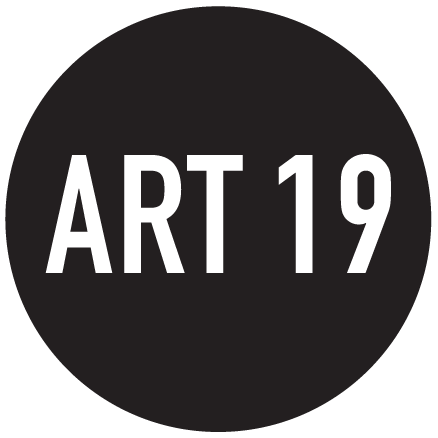The Free Press Journal : Silent Voice Of Dissent: Arts Role In Challenging Authority From Goya To Gupta (by Sonal Motla)
Exploring how artists across centuries use their work to confront power, provoke thought, and advocate for freedom of expression
On my recent trip to Spain, I was impressed by Francisco Goya’s audacity. Standing before his unflattering portraits of Spanish royalty, I was struck by how Goya’s art transcended traditional representation to challenge authority and reveal deeper truths. His bold approach in depicting the royals with stark realism highlighted art's unique power to provoke thought and inspire change. Faiz Ahmed Faiz’s words echoed in my mind: "Bol, ke lab azad hain tere; bol, zabaan ab tak teri hai" (Speak, for your lips are free; speak, for your tongue is still your own). Art, like speech, possesses the profound ability to question norms and spark meaningful conversations.
Goya’s "Charles IV of Spain and His Family," painted in the early 19th century, exemplifies this audacious spirit. In this portrait, Goya defies the customary flattering depictions of royalty, presenting the Spanish monarchy with raw realism. His portrayal exposes the vanity and moral decay of the royals, turning a conventional portrait into a powerful critique. This act of artistic rebellion was a courageous statement, urging viewers to confront uncomfortable truths about their leaders and the nature of power.
This courage to confront authority is mirrored in Shilpa Gupta’s recent installation, “Sound On: Untitled, 2023.” Exhibited at Amant Art Center as part of "I Did Not Tell You What I Saw, But Only What I Dreamt," Gupta’s kinetic installation uses reverse-wired microphones to create an immersive auditory experience. The installation features a rotating voice reciting the names and detention dates of poets who have faced imprisonment, exile, or execution, including the grim fate of fourth-century poet Imadaddin Nasimi. A solitary lightbulb and evocative soundscape underscore the humility and resilience of these censored voices.
The shrinking space for dissent underscores the urgent need to preserve and protect the right to free expression. Art, whether through visual installations or literary works, remains a vital tool for voicing dissent and fostering dialogue in the face of censorship. The persecution of Iranian writers, the imprisonment of Turkish students, and the efforts of artists to support these causes highlight a critical issue: the necessity of creating and maintaining spaces where dissent can be voiced and heard.
The connection between historical and contemporary artistic expressions illustrates how art can act as a beacon of resistance and a catalyst for change. Both Goya’s audacious portraits and Gupta’s poignant installations exemplify how artists use their work to challenge prevailing norms and provoke critical reflection. These works create spaces for empathy and contemplation, urging us to engage with broader issues of freedom and repression.
In today’s world, marked by political instability and social injustices, art provides a unique platform for exploring and addressing these issues. Gupta’s installation, with its evocative recitations and symbolic lighting, fosters dialogue about censorship and the spirit of those who have been silenced. It serves as a reminder that, despite our differences, the fundamental struggles for freedom and expression unite us, prompting solidarity and action.
Similarly, Goya’s fearless critique of his society challenges us to remain vigilant and proactive. His work serves as a powerful reminder that art is not merely about representation but about revealing truths and inspiring change. The legacy of Goya’s portraits and Gupta’s installations underscores art’s ability to both reflect and shape our understanding of the world. These works encourage us to confront deeper truths and envision new possibilities for a more just and equitable society.
Looking to the future, the contributions of emerging artists will be crucial in continuing this tradition of artistic critique and transformation. Their fresh perspectives and innovative approaches will enrich the ongoing dialogue about societal issues, offering new ways to address the challenges we face. Art will remain a powerful force for understanding and change, bridging past and present while provoking thought and action in our pursuit of a more just world.
The exploration of Goya’s audacious portraits alongside Gupta’s poignant installations highlights the essential role of art in confronting injustice and advocating for change. Picasso’s insight that "Art is the lie that enables us to realize the truth" resonates deeply through these works. Art stands as a dynamic force for societal reflection and transformation, reminding us of its power to inspire, provoke, and ultimately shape a more compassionate and equitable world. To encourage independent voices, a sensitive ecosystem must be created—one that includes institutions willing to foster debate and provide non-commercial spaces for such platforms. The pressing need for space for dissent is evident, calling us to protect and cherish the freedom to voice our truths and challenge the status quo.
Sonal Motla is an art curator and Director at Rachna Sansad and a visiting faculty with educational institutions like NIFT Mumbai, among others.
Article published on freepressjournal.in

